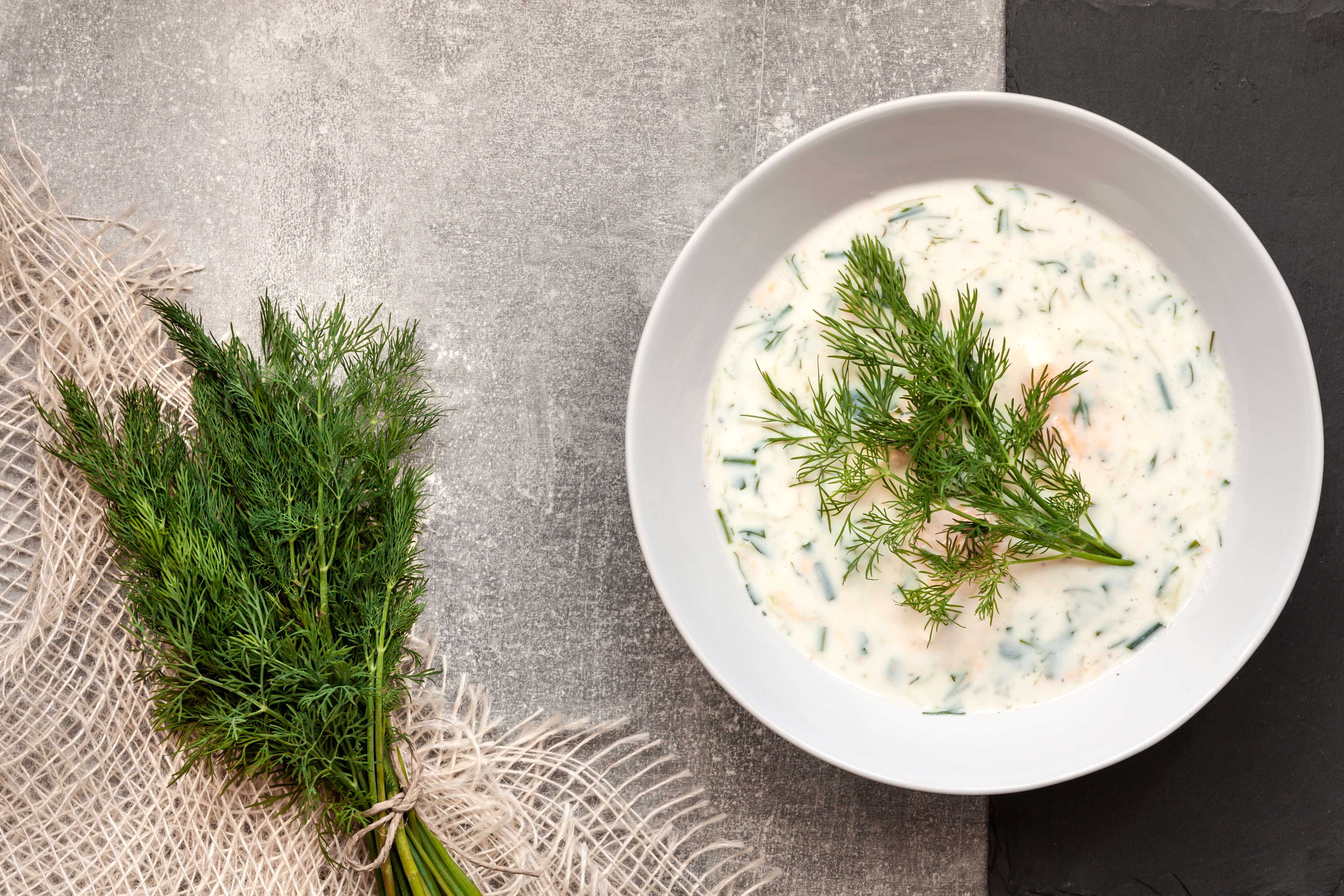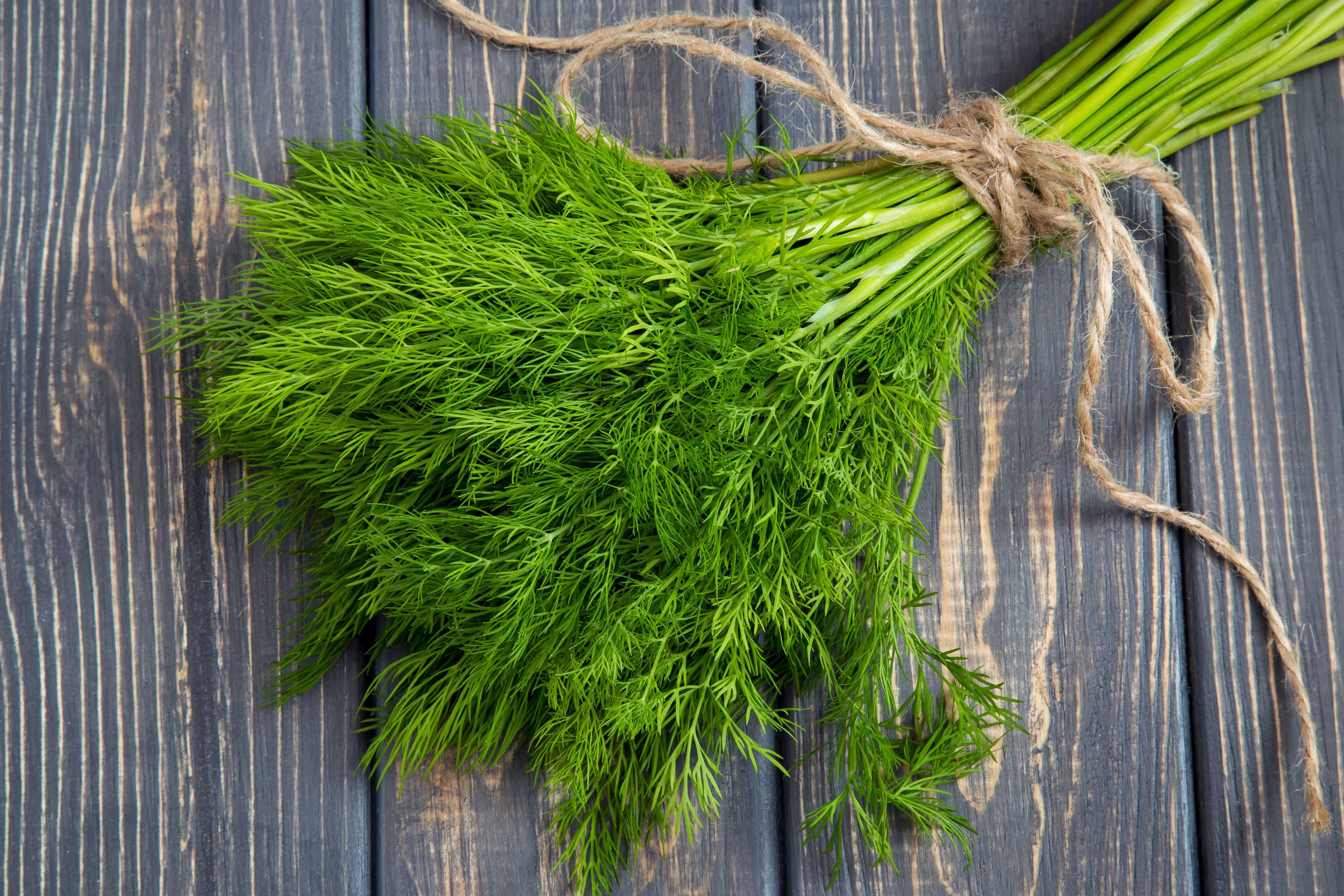What is Dill?
Dill is one of a relatively small number of herbs that are cultivated both for the leaf (dill weed) and the seed (dill seed). It is an annual of the parsley family and grows to a height of 3 feet in so many temperate regions of the world that it is often considered a weed. As with most members of the parsley family, dill’s seeds grow within the clusters of small yellow flowers at stem ends. The seeds appear to be flattened ovals and are brown with lighter colored edges. Beneath these clusters, bright green, feathery leaves grow in abundance and are dried to become dill weed.
The word dill is derived from the Norwegian dilla meaning to lull or soothe. This was the believed effect of the herb when taken internally; dill water was consequently given to crying babies as a treatment for colic. Throughout history, dill was also used to relieve adult digestive problems, to protect against witchcraft and even as an ingredient in love potions.
What is it used for today?

Some of the most popular seasoning blends containing dill weed are in the dairy and meat industries. Salad dressings such as Ranch or Thousand Island may contain dill weed. It is present in larger quantities, often in combination with dehydrated onion or chives, in many sour cream based “Dill Dips.” In the meat industry, the flavor of dill complements beef as evidenced by its presence in steak sauce and stroganoff seasonings. Additionally, dill (in both seed and leaf forms) is common to many pickling seasonings, including the ever-popular dill pickle.
To learn more about the spices and seasonings that Fuchs has to offer, click here. Our experts are ready to educate your team on all things spices and seasonings. To find out more, contact us.


